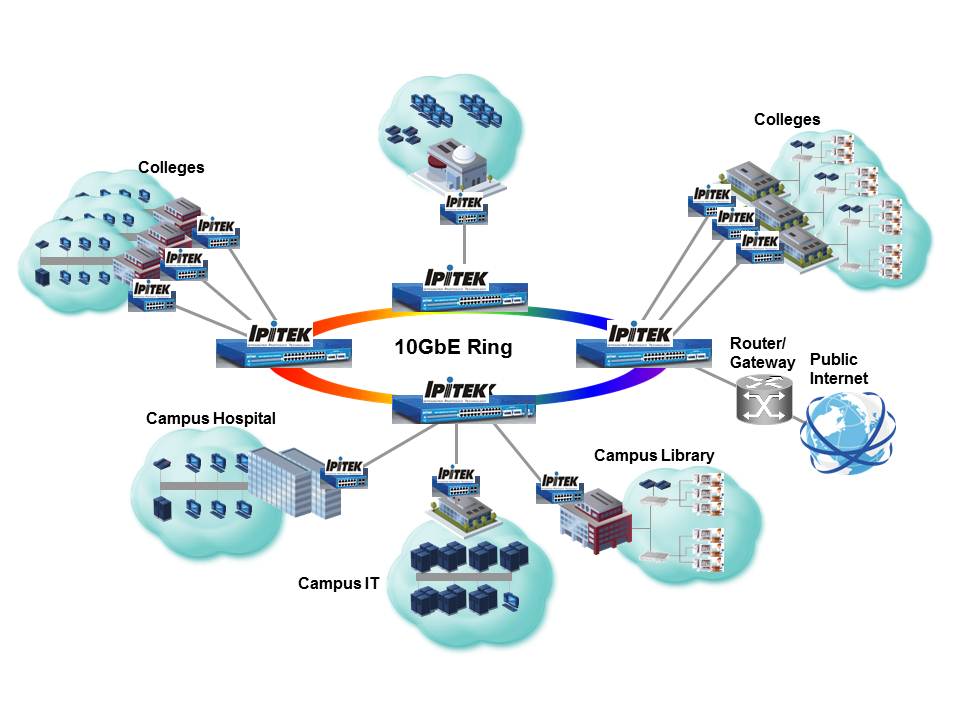
Education
Campus networks must provide several services including but not limited to high-speed Internet connectivity, managed internetworking among departments and colleges, video conferencing, IP telephony, surveillance, and reliable access to a campus’s shared high-performance Information Technology (IT) such as large volume data servers.
They are not built to generate profit and are limited by stringent cost constraints. Therefore, cost of ownership, i.e., capital expenditure (CapEx) and operational expenditure (OpEx) of these networks must be carefully controlled without jeopardizing reliability and future scalability, while preserving the investment already made in legacy equipment and solutions.
Clearly, the only way to do this is with an Ethernet based on IEEE 802.1ad solution as shown by Table 1 below. The table summarizes different packet-based solutions for campus networks and shows their performance in terms of cost, security, scalability, resilience, transparency, and management. 
The figure below shows a converged campus network architecture. It is an efficient single layer solution where Carrier Ethernet switches with Circuit Emulation integrate access, aggregation, and DWDM transport into a single protected ring. This integration gives the required large savings in CapEx and OpEx, vastly simplifies management, enables capacity expansion in fine increments to exactly match bandwidth requirement as the network grows, and provides Quality of Service (QoS) functions to support critical applications. Note how easily such a system can simultaneously support both PBX legacy voice and IP voice solutions by transparently running T1/E1 and OC-3/STM-1 traffic over Carrier Ethernet.






